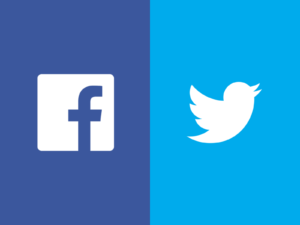In a world where screen displays appear everywhere, it’s critical to take precautions to safeguard your eyesight. A few days back, we explored the pros and cons of dark mode. Today, we’re going to explore a frequently asked question: Is dark mode healthier for your eyes?
Dark mode effectively decreases glare and blue light, which are both beneficial for your eyes. Dark mode, on the other hand, isn’t for everyone, and in certain situations, it might cause more issues than it solves.


Dark vs. Light Mode
For individuals with normal or corrected-to-normal eyesight, light mode often results in superior performance. While light mode appears to function better, the benefits appear to be more transient. However, myopia can develop as a result of long-term exposure to this type of light.
White activates roughly equal quantities of all three types of color-sensitive visual receptors in the human eye. By constricting the iris, it causes the eye to concentrate. Dark letter forms on light backgrounds are simpler to read because the eye is concentrated. The iris expands to allow more light in when utilizing a dark backdrop with strong light letterforms, although this causes letter forms to blur.
In dark mode, increasing the text size does not cancel out the benefits of light mode. Due to the possible long-term consequences of light mode, some visual impairments function better in dark mode, and other users just prefer it, meaning that a dark mode is still advised. Dark mode settings are suggested for programs that enable long-form reading (books, essays, and even news sites).
Cons of Dark Mode
While a dark theme offers many advantages, it may not be the best choice for your eyes. The dark mode is beneficial as it is less taxing on the eyes than a harsh, brilliant white screen. Using a dark screen, on the other hand, causes your pupils to dilate, making it more difficult to focus on the screen.
You must be wondering why dilatation of the eyes makes it more difficult to see. Well, it is because your eyesight becomes blurry when your pupils dilate. Your vision sharpens as your pupils constrict in strong light. A narrower aperture, just like a camera, allows for more depth of focus. Consequently, some users may find it more difficult to perceive details in the dark theme.
In general, it is advised to choose a dark theme when you’re reading in dim light or won’t be reading for lengthy periods of time.
Stick to light mode if you’re going to do a lot of reading. Even if the black text is easier to see, a grey backdrop and adjustment of your screen’s brightness could be a better alternative. Moreover, experiment with a dark theme at night and a light one during the day.
So, what’s the verdict?
Each mode possesses its own set of benefits, based on how you use your device. However, if you are using your electric gadget for extended periods of time, the white mode gain superiority over the black mode as it causes eye strain and provides good readability.




